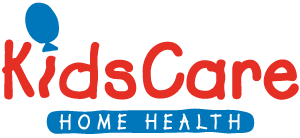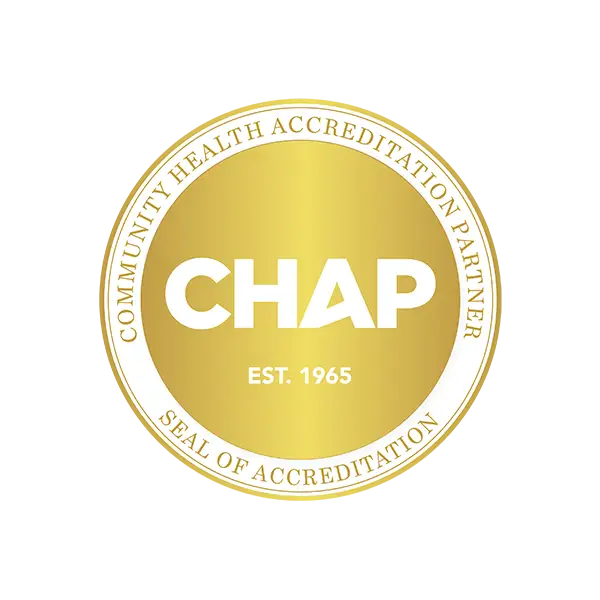
For parents receiving speech therapy, our therapists often get the question “what can I do to facilitate speech and language at home when the therapist is gone?” For those parents, and parents who want to work with their children on their speech skills, we recommend using your OWL.
Perhaps the number one way to build a child’s speech skills is to simply give them the opportunity to speak. So many times in an effort to help, we end up speaking for them. We know their needs, and we give them what they want without realizing that this doesn’t allow them to have to speak. However, presenting opportunities to speak will allow the child to practice and grow.
In order to remember the keys to creating opportunities for speech, you simply need to remember OWL.
Observe your child closely to see what they are interested in, and comment on what they are doing. Often children may not speak because they are not particularly interested in what an adult is showing them!
Wait for them to communicate with you – we often do things automatically for children, which takes away the need for them to communicate. Also, adults communicate very quickly and we sometimes expect children to do the same, but remember that they are still learning to use their language so it may take them a while to say something or gesture you.
Listen – if your child says something or makes a gesture it may not be instantly recognizable. Think about what they are doing and listen carefully to what they have said, and you’re likely to be able to work out what they mean. Then you can repeat it back to them and reinforce the message.
Here are some ways that you use the OWL in practice:
- Offer a choice, and then wait
- Offer something they can’t do without your help, then wait
- Do something surprising, then wait
- Ask open ended questions and avoid yes or no questions
Try to avoid conversation stoppers, such as:
- Not giving the child time to answer
- Testing their knowledge
- Using words that are too advanced or difficult
- Discussing topics that are of no interest
- Answering for the child
When conversing with a child, it is sometimes hard for us as adults, with a full vocabulary, to remember that our children are just learning to speak. For them, advanced words can cause frustration and spur anxiety when it comes to trying to communicate. When trying to have conversations with your child, keep the words simple and encourage words that they do know. This will help make speech fun, and slowly build their vocabulary.
In order to help establish words that they are comfortable with, it also helps to establish a daily routine. When children get in the habit of doing the same thing each day, they begin to learn the words that are associated with each of their daily actions. Incorporating OWL into your daily routine can be a quick way for children to begin conversing.
Using visual aids to assist with speech is also a great way to encourage the learning of words. By seeing the item they are able to associate the word and understand the meaning. Flashcards are a great way to do this, but incorporating items in your daily routine is another option. For example, while the child is brushing their teeth you can point to the tooth brush and have the child name it.
Spurring a child’s desire and enjoyment to speak can be a lifelong benefit, and these few simple daily strategies will get them off to a great start.
*OWL is referenced from The Hanen Program, Copyrighted Hanen Early Language Program, 2004















